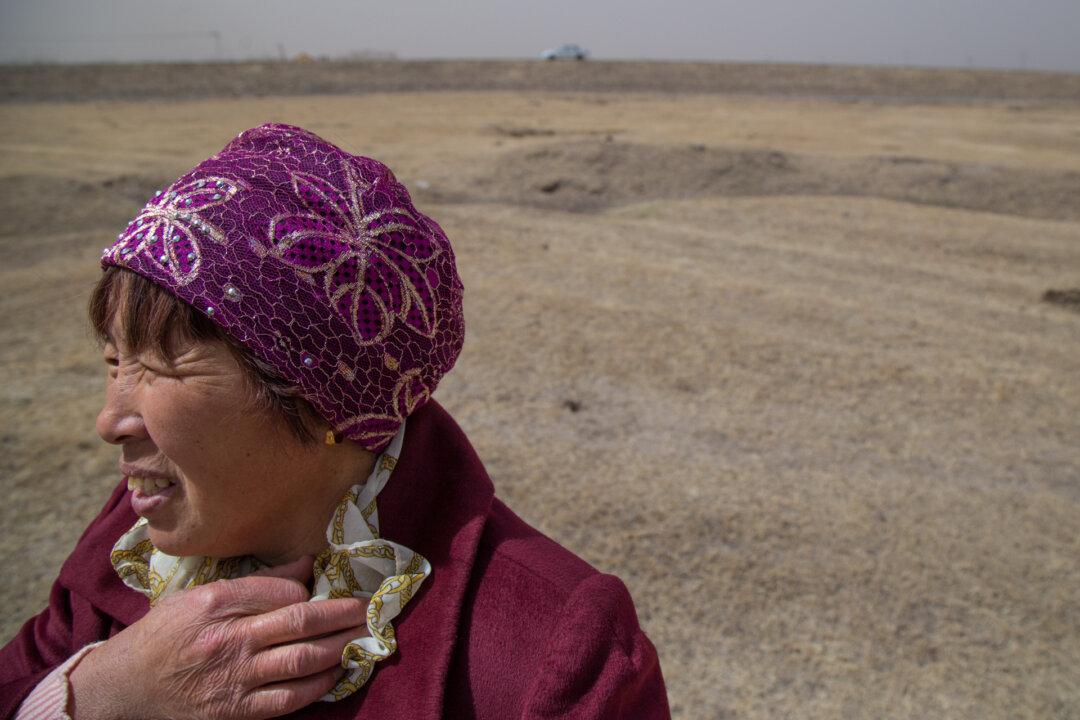Chinese officials have locked down a village in Inner Mongolia after the country reported its first death of the year from the bubonic plague, the deadly infectious disease that centuries ago killed an estimated 50 million people.
The victim died from an intestinal infection that caused circulatory system failure, the Baotou municipal health commission said on Aug. 6.





